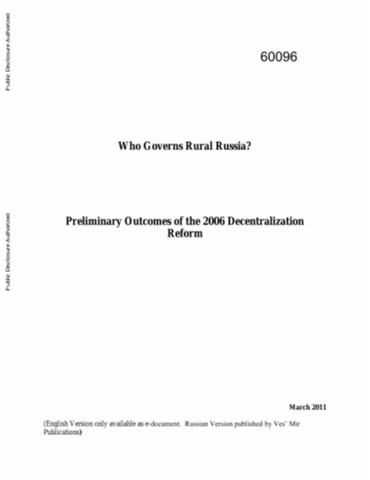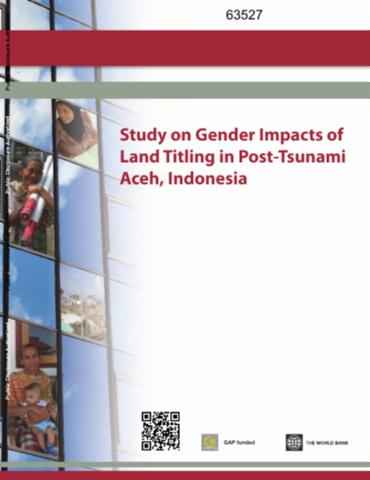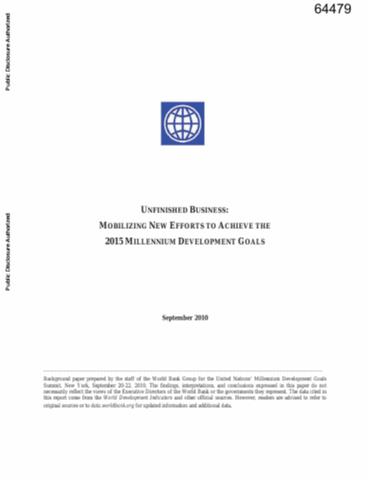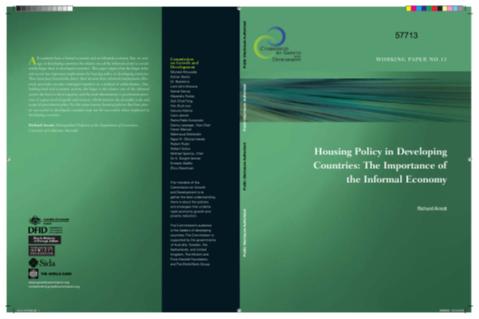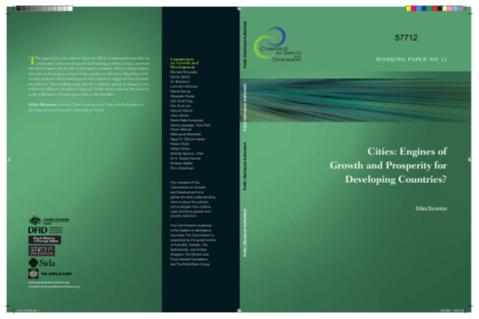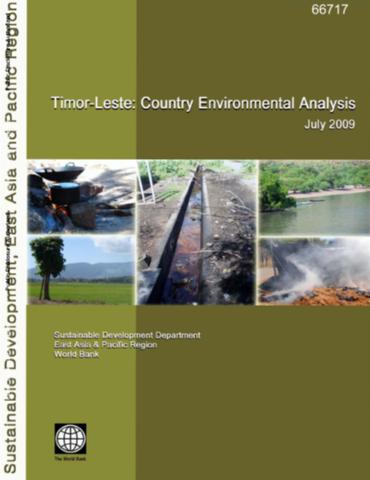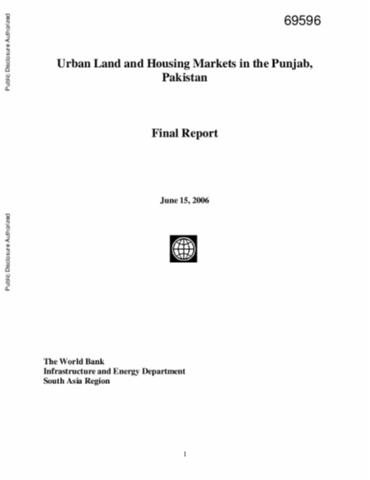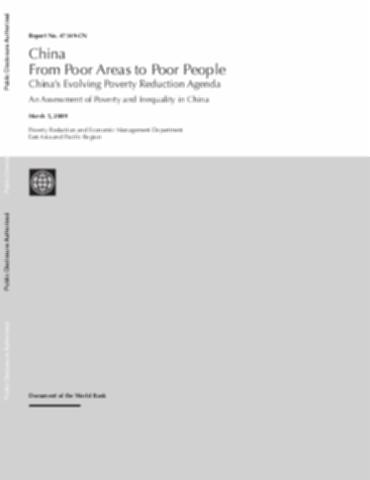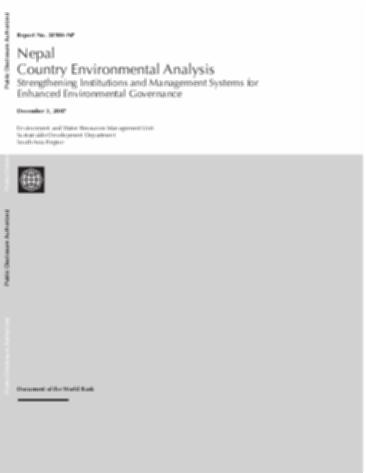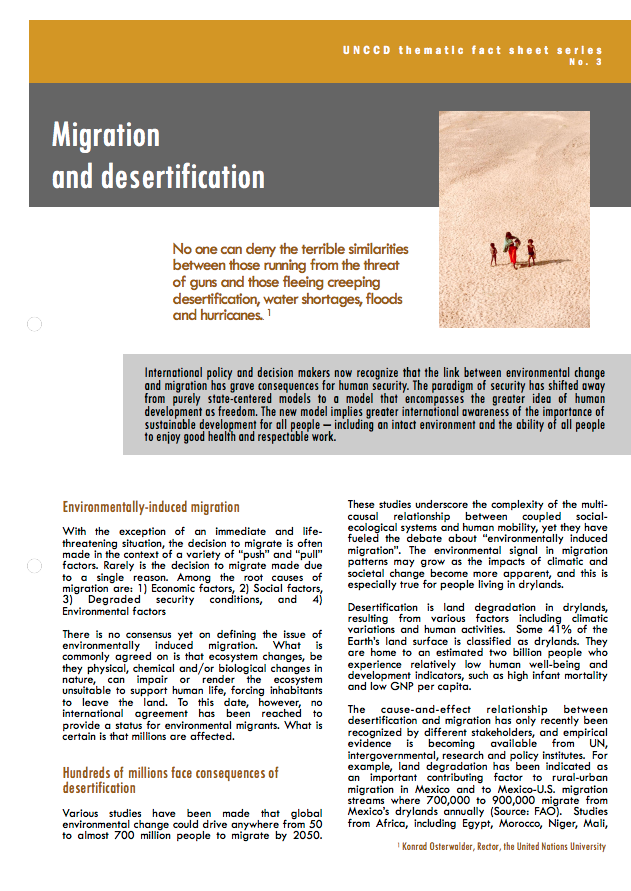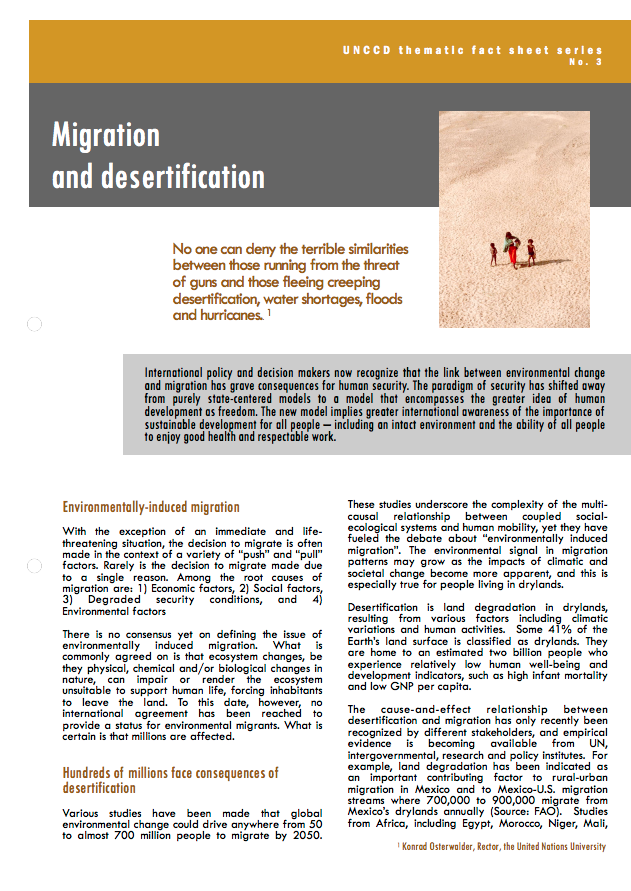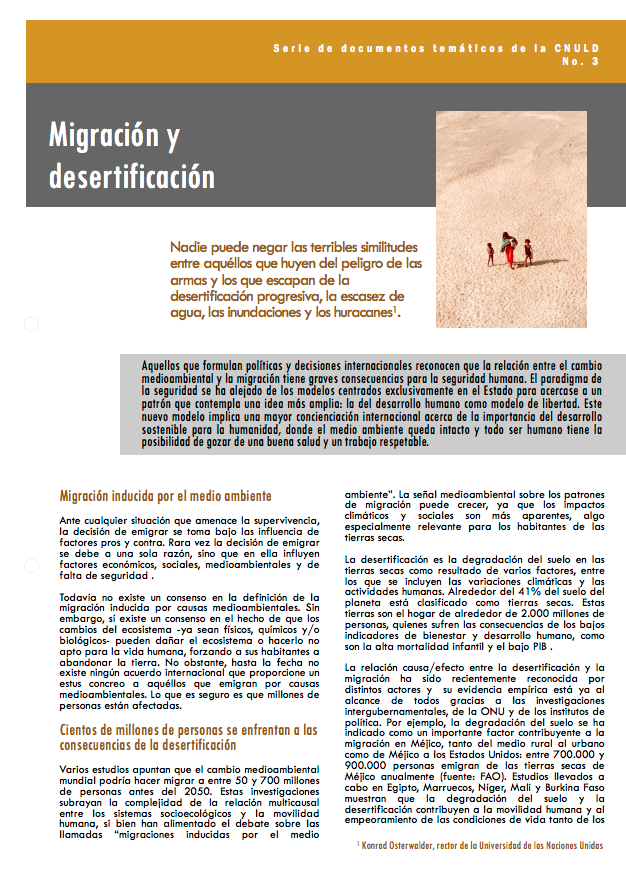Who Governs Rural Russia?
The objectives of the study are to: a) increase understanding of the effects and effectiveness of the implementation of the local government reform launched in 2006; and b) assess the impact of a World Bank-supported intervention that aimed to enhance effectiveness of the reforms by increasing local capacity and local participation. In line with these objectives, the study assessed the perceived effects and effectiveness of the implementation of the local government reform in selected provinces.

